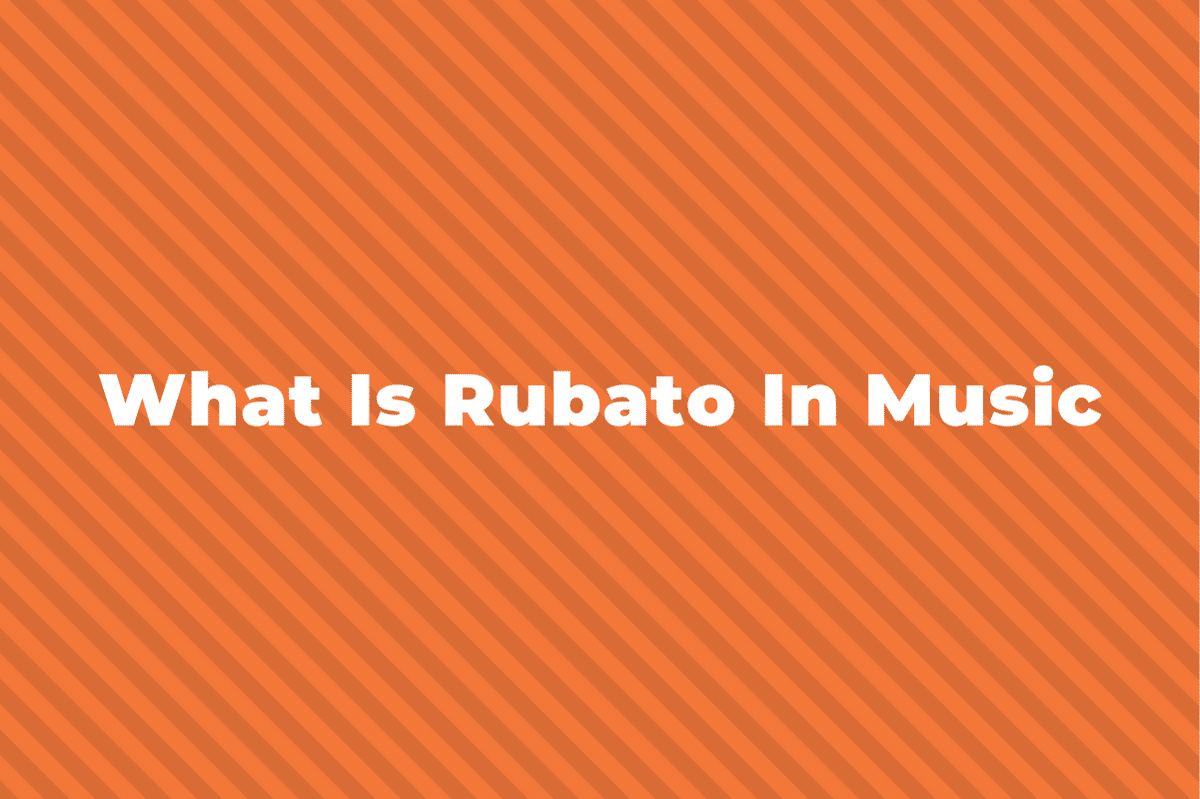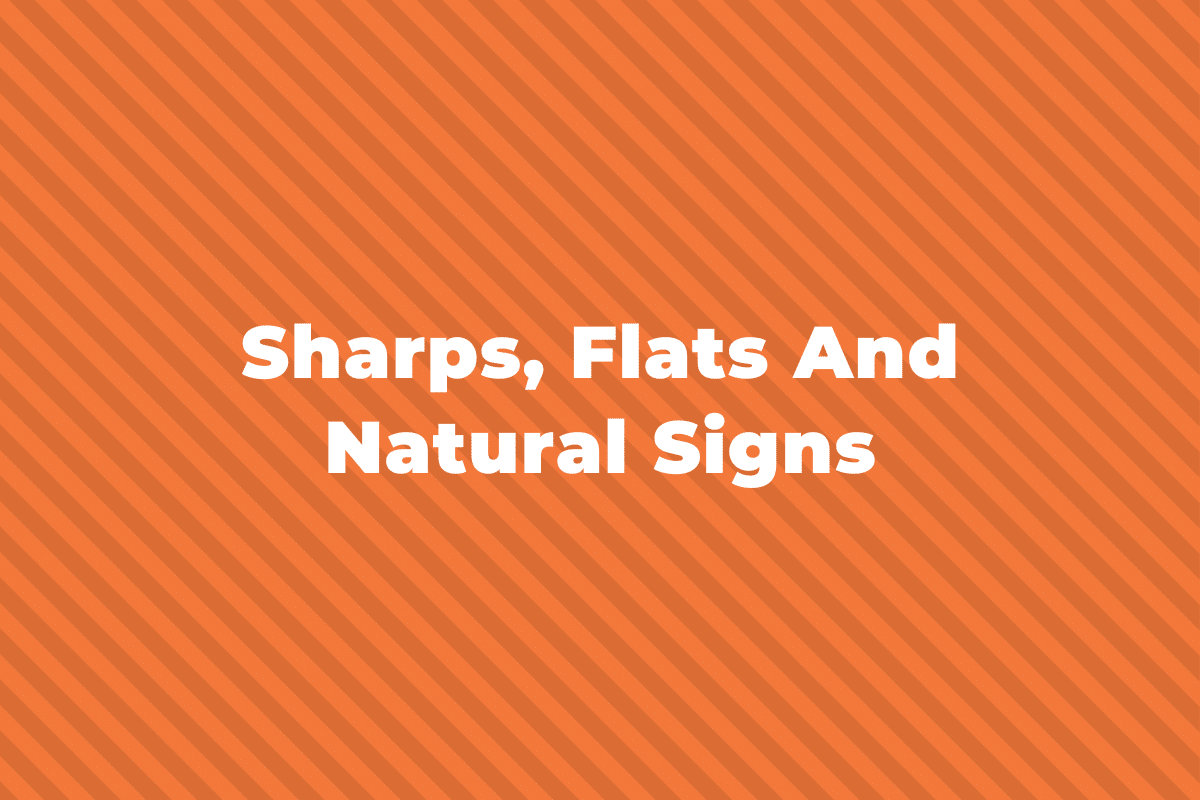Texture is a word used a lot to describe music, but it can often be difficult to understand. We can say a piece of music has an open or closed texture or a thick or thin texture, for instance. We can also use more formal terms, such as monophonic or polyphonic, to describe musical texture. But what kind of music do these words describe?
In this post, we’ll look at all of the different types of texture in music. But first, what exactly is texture?
What is Musical Texture?
In music, texture is basically a way to describe how the music or sound is organized.
It can be thought of as how many layers a piece of music has – it’s how much stuff is going on at once.
Tempo, melody, harmony, rhythm, and timbre (check out our post on what is timbre in music here) can all have an effect on texture, and so texture is closely related to the overall quality and sound of music.
How to Describe Texture
Just like physical things – food, clothing, toys, buildings, etc. – have texture, so does music, although, because you can’t physically touch music, musical texture is characterized by sound instead.
As we mentioned above, texture can be described in a lot of different ways.
A piece of music has a thick texture if there are many layers of instruments, or a lot of melodies and harmonies being played at the same time.
A thin texture, on the other hand, is one where there are only a few instruments playing, or there are only one or two melodies and harmonies.
An open texture, or perhaps a wide or spacious texture, is when a piece of music has a large gap between the highest and lowest notes.
The opposite of this is called a closed or tight texture, and is where all of the singers or instruments are playing notes that are really close together.
However, the most common terms to describe texture in music all describe how many voices, or parts, a piece of music has, and how the melodic part relates to the harmonic parts.
The Different Types of Texture
As we covered above, there are a number of different ways to describe texture in music.
These terms are monophonic, homophonic, and polyphonic which we’ll take a look at next.
Monophonic
Monophonic texture is the simplest of the three main types of texture in music.
It consists of one melody, or tune, played or sung by a single person, or in unison.
There is no harmonic accompaniment, and no other music being made except for the melody.
The word monophonic comes from the Greek word ‘mono‘ which means “one”, and phonic means “relating to sound”, so monophonic texture literally means one sound being played.
Many simple songs we learn as children are monophonic – for example, the “Alphabet Song” or “Happy Birthday”.
Other famous examples include Bach’s “Cello Suite No. 1”, or the beginning to Whitney Houston’s “I Will Always Love You”, both shown below:
To learn more about monophonic texture in music check out our post here.
Homophonic
The next type of texture is called homophonic texture.
Just like mono meant “one”, homo means “same” or “similar”, so this type of texture is one where you can have multiple different notes playing, but they’re all based around the same melody.
This is the most common type of texture in Western music, and it covers the vast majority of pop songs, where a singer sings a melody over a guitar or piano as accompaniment.
“Perfect” by Ed Sheeran, or Chopin’s “Prelude in E Minor” are great examples of this style of homophonic texture.
Homophonic texture can also be where multiple different instruments or singers all play the same rhythm, but play different notes, creating chord and harmony changes.
This is often called block chord texture or homorhythmic texture.
This style is most easily found in choral music, as well as barbershop quartets and the opening of “Bohemian Rhapsody” by Queen, as shown below.
For more information check out our guide to Homophonic Texture here.
Polyphonic
The third type of musical texture is called polyphonic texture.
The word poly means “many” or “multiple” in Greek, and therefore polyphonic texture is when there are multiple independent melody lines occurring at once.
Think of it as two (or more) parts basically doing their own thing.
Polyphony can be found in children’s canon songs, or rounds.
Like with the songs “Row, Row, Row Your Boat” or “Frère Jaques”, rounds are when everyone sings the same melody, but beginning at different times, creating the feel of multiple separate melodies.
The two other kinds of texture can be made polyphonic if a second, countermelody is introduced to the music.
For example, think of a solo violin or a backing vocalist playing or singing an additional melody on top of the current refrain.
However, most polyphonic music is found in Renaissance or Baroque music, and particularly the works of Johann Sebastian Bach.
Bach was famous for his work with counterpoint, which is a type of polyphony in which two musical lines are distinct in both melody and rhythm but connected in their harmonic relationship.
A classic example of polyphonic texture in a Bach piece is his “Fugue No. 17 in A-Flat Major”:
To read more on Polyphonic Texture check out our guide here.
Summing up texture
Texture is one of those words that we often hear in relation to music.
It can be confusing, because in other aspects of life, texture is defined by what we can feel with our hands, and music is not a physical object we can hold and touch.
Instead, texture in music deals with the overall quality of sound in a piece of music.
Also, a piece of music can have many different textures throughout.
For example, it can start with a single melody (monophony), then add in a harmonic accompaniment (homophony), and then even add a second melody towards the end (polyphony).



